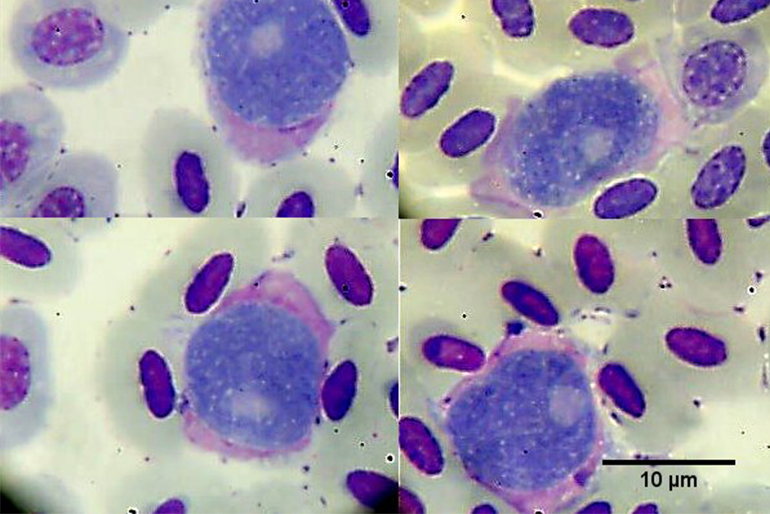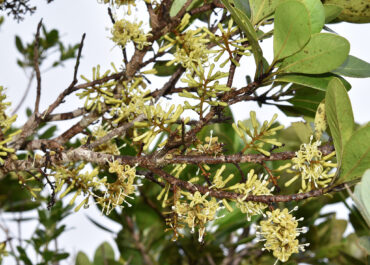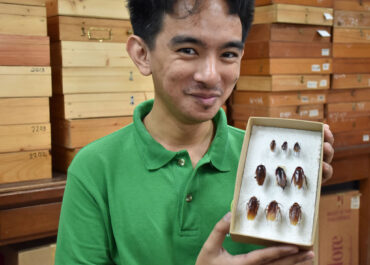Malaria prevalent in birds in Mt. Banahaw de Lucban, study shows

Researchers from the University of the Philippines Los Baños have recently reported the prevalence of haemosporidians in understorey birds of Mt. Banahaw de Lucban, Quezon. Haemosporidians are protozoan blood parasites belonging to the genera Plasmodium, Haemoproteus, and Leucocytozoon and cause haemosporidiosis avian malaria. The parasites are transmitted from bird to bird by vectors such as mosquitoes, black flies, sand flies, biting midges, and louse flies.
In an article published in the latest issue (June 26, 2015) of the Raffles Bulletin of Zoology in Singapore, Bianca Kaye C. Ong, Juan Carlos T. Gonzalez, Anna Pauline O. de Guia. Vachel Gay V. Paller and Juancho B. Balatibat reported that 25% of the 95 birds they have studied in two sampling sites in Mt. Banahaw were positive for blood parasites. Six of these birds were also identified as new host records of avian haemosporidians in the Philippines.
Avian malaria has been a special interest in climate change studies because of its theorized relationship with climate change. “We wanted to understand if vector-borne diseases such as avian haemosporidiosis could provide clues regarding environmental changes that can be crucial for conservation efforts in the country,” Dr. Juan Carlos T. Gonzalez, one of the researchers of the study, said.
Several studies have shown that increase in temperatures encourage the increase of populations of both vectors and parasites which may cause widespread disease outbreaks of avian malaria.
The researchers’ findings suggest that the birds in Mt. Banahaw de Lucban, although chronically infected, have been able to keep their infections in check.
“But we cannot know for sure,” Dr. Gonzalez said in an interview. “They may appear healthy now but once their immune systems are compromised, they may face disease outbreaks that can greatly diminish their numbers,” he added.
The researchers also tried to determine if the prevalence of the infection differs between high and low elevations of Mt. Banahaw but saw that infection rates are not significantly different between the different altitudes.
“It was interesting to note that temperature was not a factor in the prevalence of avian malaria, meaning, climate change is not the sole reason for the population increase of both vectors and parasites, as well as their distribution,” Gonzalez explained.
Dr. Gonzalez suggested that long-term monitoring of haemosporidian prevalence and strict security against anthropogenic disturbance in Mt. Banahaw de Lucban may help reduce the risk of disease outbreaks that threaten Philippines endemic avifauna.
Search
Archives
Categories
- Announcement (21)
- Feature (21)
- News (141)
- Press Release (55)
- Research (4)
- Services (3)



